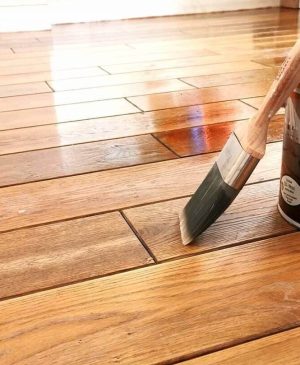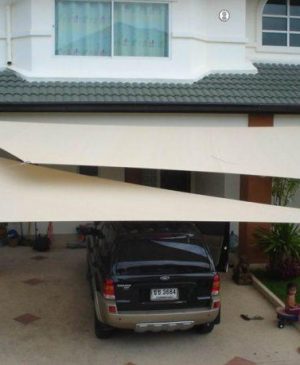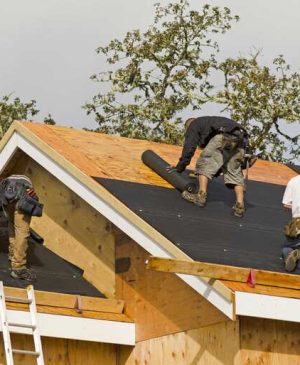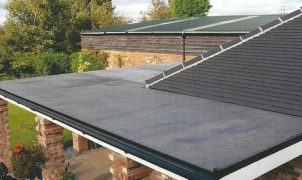Sydney’s intense Australian sun and outdoor lifestyle have driven a remarkable adoption of innovative shade solutions across residential and public spaces. The city’s residents face some of the world’s highest UV radiation levels, making effective sun protection essential for comfortable outdoor living. Traditional shade structures often prove inadequate or aesthetically unsuitable for Sydney’s contemporary architecture and diverse outdoor spaces.
The emergence of tensioned fabric structures has revolutionised how Sydneysiders approach outdoor shade, with the shade sail becoming the preferred solution for homeowners, schools, and council parks throughout the metropolitan area. These versatile installations combine practical sun protection with striking visual appeal, addressing both health concerns and design preferences that matter to modern Australian families.
Sydney’s unique climate patterns and architectural styles have created ideal conditions for these fabric shade solutions to flourish. The city’s combination of coastal influences, varied topography, and diverse housing types provides numerous opportunities for creative shade installations that complement rather than dominate outdoor spaces.
Climate-Driven Demand for Sun Protection
Sydney experiences over 300 sunny days annually, with summer temperatures regularly exceeding 30°C and UV index ratings that frequently reach extreme levels. These conditions make unprotected outdoor exposure dangerous for extended periods, particularly during peak hours between 10am and 3pm. Traditional shade options like umbrellas and gazebos often provide insufficient coverage for larger outdoor areas.
The city’s coastal location brings additional challenges, with salt air affecting the longevity of many shade materials. Fabric structures designed for marine environments perform exceptionally well in these conditions, maintaining their appearance and structural integrity despite exposure to salt spray and high humidity levels.
Wind patterns around Sydney Harbour and coastal areas create specific requirements for shade installations. The tensioned nature of fabric sails allows them to flex with wind gusts rather than creating rigid resistance that can damage traditional structures. This flexibility makes them particularly suitable for exposed locations that experience regular strong winds.
Architectural Integration with Sydney’s Housing Styles
Sydney’s diverse architectural landscape spans from Victorian terraces to modern minimalist designs, each presenting unique shade integration opportunities. Fabric sails complement contemporary homes with their clean lines and geometric forms, whilst also working harmoniously with traditional architectural elements when properly designed.
The three-dimensional curves created by tensioned fabrics add organic elements that soften hard landscaping features common in Sydney’s urban environments. These flowing forms contrast beautifully with the angular architecture of modern developments, creating visual interest without overwhelming existing design elements.
Colour selection plays a crucial role in successful integration, with neutral tones like charcoal and sand proving most popular among Sydney homeowners. These colours blend seamlessly with the city’s predominant colour palette of sandstone, rendered brick, and contemporary cladding materials.
Public Space Applications Across Sydney
Sydney councils have embraced fabric shade structures for parks, playgrounds, and recreational facilities throughout the metropolitan area. These installations provide essential UV protection for children and families whilst creating comfortable gathering spaces that encourage outdoor activity and community interaction.
School playgrounds across Sydney now feature extensive shade installations that protect students during outdoor activities and lunch breaks. The Australian Cancer Council’s SunSmart programme has highlighted the importance of adequate shade in educational environments, driving widespread adoption of these protective structures.
Sporting facilities and community centres utilise large-scale installations to create comfortable spectator areas and multi-purpose spaces that remain usable throughout Sydney’s intense summer months. These installations often feature custom configurations that maximise coverage whilst accommodating existing infrastructure and sight lines.
Economic and Practical Advantages
The cost-effectiveness of fabric shade structures compared to permanent building extensions appeals to budget-conscious Sydney homeowners. These installations typically cost significantly less than pergolas or covered entertaining areas whilst providing comparable functionality and weather protection.
Installation timelines prove attractive to busy Sydney residents, with most residential projects completing within one or two days compared to weeks or months required for traditional construction projects. This quick turnaround minimises disruption to family routines and outdoor space usage.
Maintenance requirements remain minimal, requiring only periodic cleaning and annual inspections of hardware components. This low-maintenance characteristic appeals to time-poor urban residents who want attractive outdoor solutions without ongoing commitments or regular contractor visits.
Cultural Shift Towards Outdoor Living
Sydney’s outdoor lifestyle culture has intensified in recent years, with families investing heavily in creating comfortable external entertainment areas. The COVID-19 pandemic accelerated this trend as households sought to maximise their private outdoor spaces for socialising and recreation.
Property values increasingly reflect the quality and usability of outdoor spaces, with well-designed shade installations contributing positively to real estate assessments. Many buyers now specifically look for properties with established shade solutions when evaluating potential purchases.
The growing awareness of skin cancer prevention has influenced family behaviour patterns, with parents prioritising UV protection when planning outdoor activities. Quality shade installations enable families to enjoy their gardens and outdoor areas safely throughout the year.
Future Trends and Innovations
Sydney’s shade sail market continues evolving with new materials and installation techniques that improve performance and expand design possibilities. Smart fabrics that adjust opacity based on sun intensity and retractable systems that accommodate seasonal changes represent emerging technologies gaining traction in the local market.
Sustainability considerations increasingly influence material choices, with recycled fabrics and eco-friendly treatments appealing to environmentally conscious Sydney residents. These innovations align with broader city sustainability goals whilst maintaining the performance characteristics that make fabric sails so practical.
The success of shade sails across Sydney demonstrates how practical solutions can enhance both public and private spaces when they address real environmental challenges whilst delivering aesthetic and economic benefits that resonate with local lifestyles and values.


















